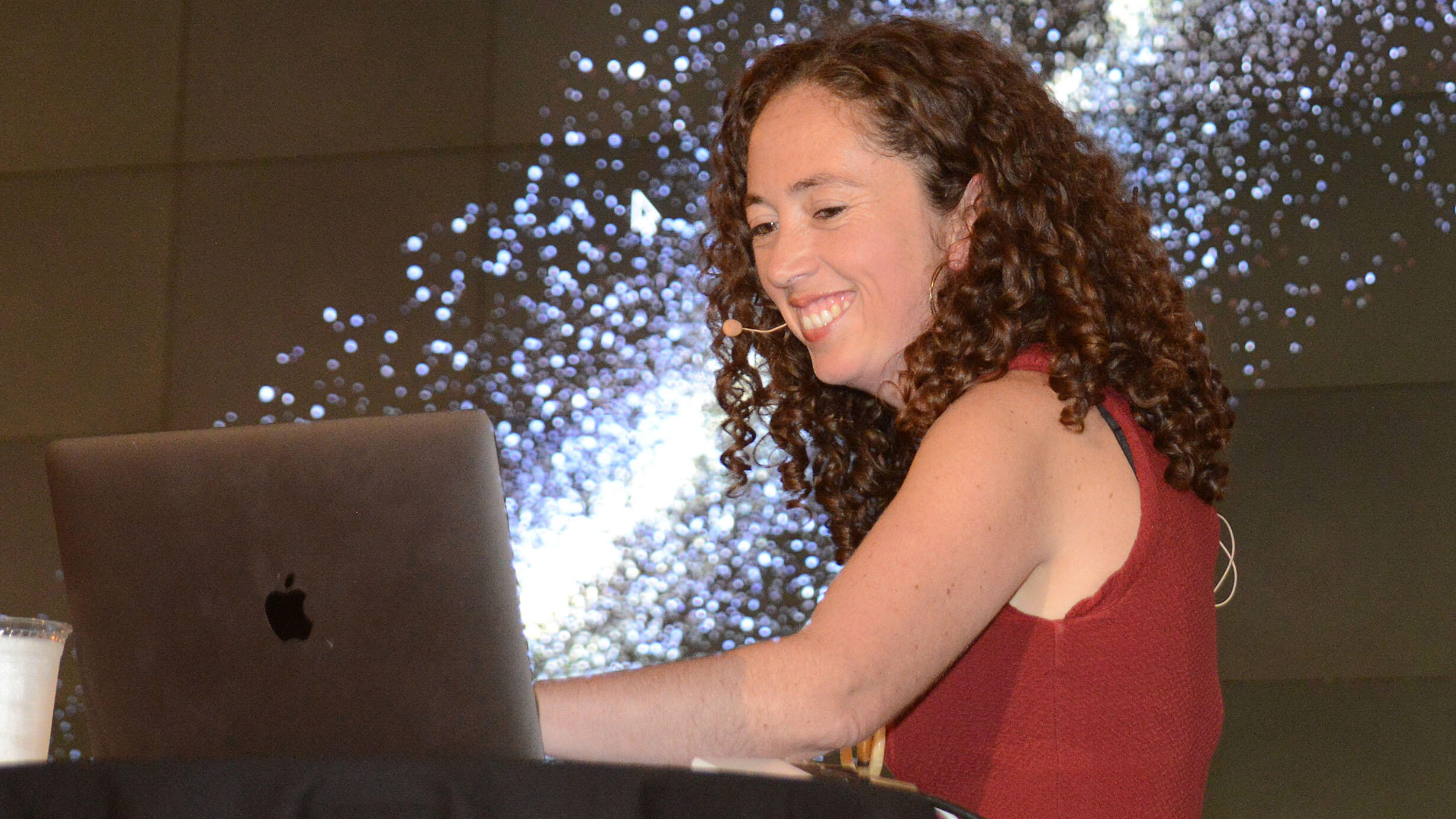 Rod Mickens/© AMNH
Rod Mickens/© AMNH Museum astronomer Jackie Faherty has received a prestigious five-year CAREER grant from the National Science Foundation to develop the most complete map ever generated of our solar neighborhood.
This work will help explore the fundamental question of the origin of stars, planets, and brown dwarfs—celestial objects more massive than planets but lighter than stars.
“There are certain times in our history when humans can just look around and make revolutionary discoveries about our place in the universe,” said Faherty, who is a senior research scientist and senior education manager at the Museum. “With the recent arrival of several astronomy mapping missions, we are in one of those rare moments. The area around our Sun is ripe for exploration by just looking for objects that move together.”
Within about 500 light years from the Sun, there are families of stars, planets, and brown dwarfs of varying sizes that move together. Some are bound tightly, others loosely. Some are breaking apart, and others are newly formed. The goal of Faherty’s project is to determine how these families form and evolve in order to address questions about where stars come from and how they arrive at their present state.
The project also includes the development of educational materials with the assistance of New York City educators. This includes planetarium presentations and videos made with the OpenSpace visualization software, which is supported by NASA and is being developed through a multi-institutional collaboration led by the Museum and Sweden’s Linköping University. OpenSpace is also used for planetarium presentations the Museum’s Astronomy Live and Frontiers Lectures program series.
Faherty holds a unique position at the Museum as a member of both the Education and Astrophysics departments, which allows her to pursue scientific research while mentoring and advising education programs for students and the general public.
Faherty earned her Ph.D. from Stony Brook University in 2011, with Museum Curator Michael Shara as one of her advisors. A Fellow of the American Astronomical Society (AAS), she also is a recipient of the AAS Vera Rubin Early Career Prize, awarded in 2020.